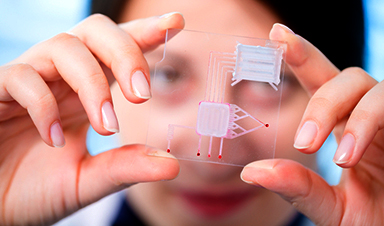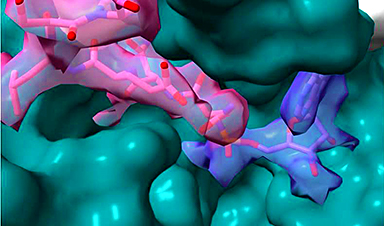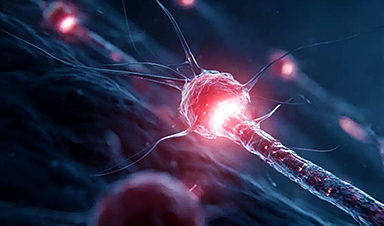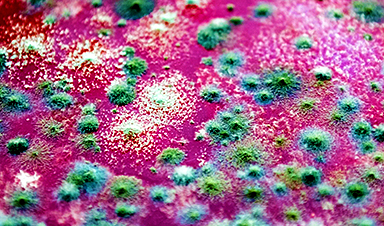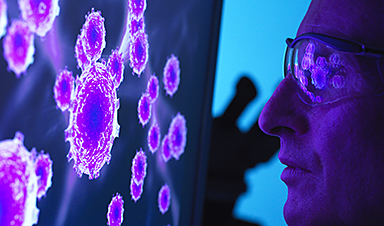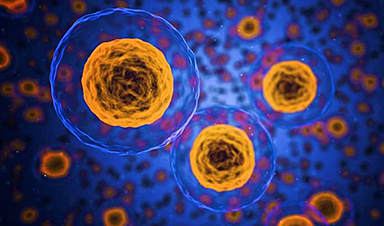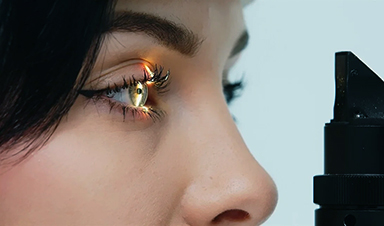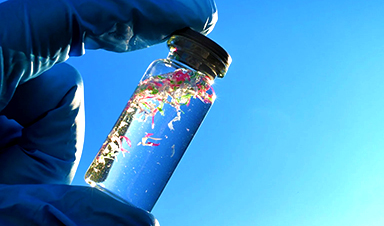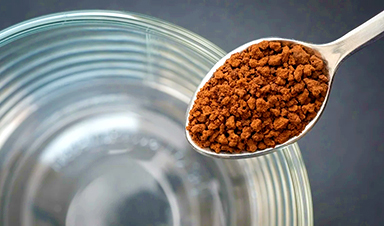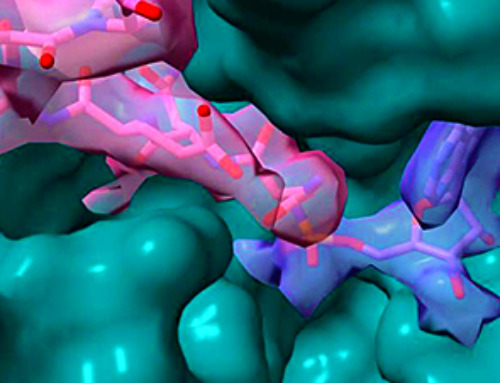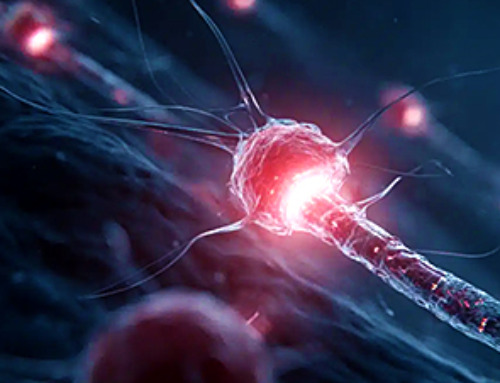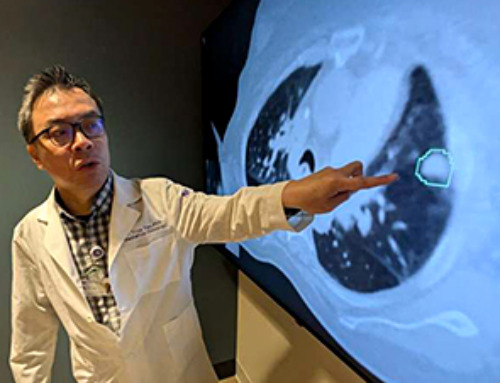Cancer biomarkers circulating in body fluids can be used for diagnosis and treatment monitoring. However, current detection technology lacks the required sensitivity, limiting biomarker use in clinical applications.
Colorectal cancer is the second most common cancer in Europe with respect to incidence and mortality. Although early detection significantly improves outcome, screening compliance in the wider population is low due to the invasive nature of the colonoscopy procedure.
To facilitate prompt cancer diagnosis, the EU-funded ULTRAPLACAD project developed an in vitro platform for the detection of cancer nucleic acid and protein biomarkers circulating in the blood. “The idea was to improve biomarker detection sensitivity by a factor of 1 000, reduce the cost four-fold and the analysis time down to 1 hour,″ explains project coordinator Prof. Giuseppe Spoto of the University of Catania in Italy. The project team involved 13 partners across Europe with cross-disciplinary competencies, including pioneers in surface plasmon resonance.
Innovative technologies
The ULTRAPLACAD device has been designed to integrate a microfluidic circuit with functionalised nanostructure chips. It combines nanostructure-enhanced surface plasmon resonance imaging (NESPRI) and plasmon-enhanced fluorescence spectroscopy imaging (PEFSI). These two novel sensing technologies provide ultrasensitive detection and reduce the need for sample chemical modifications.
Chip design, surface architecture and chemical functionalisation of nanostructures facilitate the simultaneous measurement of multiple markers. For efficient nucleic acid detection, such as Ras mutations and miRNAs, specific probes have been synthesised. The disposable chips are mass produced through an automated fabrication process, which brings down the cost of the assay.
Traditionally, detection of minute amounts of DNA released in body fluids by tumour cells necessitates a pre-amplification step by polymerase chain reaction. The novelty of ULTRAPLACAD lies in the detection assays that do not require enzymatic amplification of DNA in liquid biopsies, thereby avoiding potential errors.
A bimodal reader for NESPRI and PEFSI technologies makes the ULTRAPLACAD device unique and improves the overall detection process even further. As Dr Spoto emphasises “the main advantage of the device is that it can detect both nucleic acids and protein using one single equipment operating with disposable chips.″
The ULTRAPLACAD prototype has been validated using animal models and samples from colorectal cancer patients. Results demonstrate that the sensitivity of the device exceeds conventional detection platforms and the whole assay is faster and simpler in its implementation.
The future of ULTRAPLACAD
Undoubtedly, the combined detection of cancer DNA sequences and selected tumour autoantibodies provide an effective cancer detection approach. ULTRAPLACAD offers a unique platform that can detect both DNA and protein cancer biomarkers, simplifying the process of diagnosis and patient follow-up.
Considering the limitations of existing colorectal cancer screening choices, ULTRAPLACAD offers a non-invasive alternative solution for average-risk asymptomatic people. As such, it will reduce the number of invasive procedures, cut down healthcare costs, and improve patient compliance and management.
Although the platform was specifically fabricated for early diagnosis and prognosis of colorectal cancer, its application can extend to other types of cancer. Long-term, it is also expected to determine the molecular heterogeneity of individual tumours, helping disease stratification and personalised therapy. In view of the future, Prof. Spoto envisages “the ULTRAPLACAD device will contribute to revolutionise molecular diagnosis of cancer and make a difference in cancer care.″
News
Team finds flawed data in recent study relevant to coronavirus antiviral development
The COVID pandemic illustrated how urgently we need antiviral medications capable of treating coronavirus infections. To aid this effort, researchers quickly homed in on part of SARS-CoV-2's molecular structure known as the NiRAN domain—an [...]
Drug-Coated Neural Implants Reduce Immune Rejection
Summary: A new study shows that coating neural prosthetic implants with the anti-inflammatory drug dexamethasone helps reduce the body’s immune response and scar tissue formation. This strategy enhances the long-term performance and stability of electrodes [...]
Scientists discover cancer-fighting bacteria that ‘soak up’ forever chemicals in the body
A family of healthy bacteria may help 'soak up' toxic forever chemicals in the body, warding off their cancerous effects. Forever chemicals, also known as PFAS (per- and polyfluoroalkyl substances), are toxic chemicals that [...]
Johns Hopkins Researchers Uncover a New Way To Kill Cancer Cells
A new study reveals that blocking ribosomal RNA production rewires cancer cell behavior and could help treat genetically unstable tumors. Researchers at the Johns Hopkins Kimmel Cancer Center and the Department of Radiation Oncology and Molecular [...]
AI matches doctors in mapping lung tumors for radiation therapy
In radiation therapy, precision can save lives. Oncologists must carefully map the size and location of a tumor before delivering high-dose radiation to destroy cancer cells while sparing healthy tissue. But this process, called [...]
Scientists Finally “See” Key Protein That Controls Inflammation
Researchers used advanced microscopy to uncover important protein structures. For the first time, two important protein structures in the human body are being visualized, thanks in part to cutting-edge technology at the University of [...]
AI tool detects 9 types of dementia from a single brain scan
Mayo Clinic researchers have developed a new artificial intelligence (AI) tool that helps clinicians identify brain activity patterns linked to nine types of dementia, including Alzheimer's disease, using a single, widely available scan—a transformative [...]
Is plastic packaging putting more than just food on your plate?
New research reveals that common food packaging and utensils can shed microscopic plastics into our food, prompting urgent calls for stricter testing and updated regulations to protect public health. Beyond microplastics: The analysis intentionally [...]
Aging Spreads Through the Bloodstream
Summary: New research reveals that aging isn’t just a local cellular process—it can spread throughout the body via the bloodstream. A redox-sensitive protein called ReHMGB1, secreted by senescent cells, was found to trigger aging features [...]
AI and nanomedicine find rare biomarkers for prostrate cancer and atherosclerosis
Imagine a stadium packed with 75,000 fans, all wearing green and white jerseys—except one person in a solid green shirt. Finding that person would be tough. That's how hard it is for scientists to [...]
Are Pesticides Breeding the Next Pandemic? Experts Warn of Fungal Superbugs
Fungicides used in agriculture have been linked to an increase in resistance to antifungal drugs in both humans and animals. Fungal infections are on the rise, and two UC Davis infectious disease experts, Dr. George Thompson [...]
Scientists Crack the 500-Million-Year-Old Code That Controls Your Immune System
A collaborative team from Penn Medicine and Penn Engineering has uncovered the mathematical principles behind a 500-million-year-old protein network that determines whether foreign materials are recognized as friend or foe. How does your body [...]
Team discovers how tiny parts of cells stay organized, new insights for blocking cancer growth
A team of international researchers led by scientists at City of Hope provides the most thorough account yet of an elusive target for cancer treatment. Published in Science Advances, the study suggests a complex signaling [...]
Nanomaterials in Ophthalmology: A Review
Eye diseases are becoming more common. In 2020, over 250 million people had mild vision problems, and 295 million experienced moderate to severe ocular conditions. In response, researchers are turning to nanotechnology and nanomaterials—tools that are transforming [...]
Natural Plant Extract Removes up to 90% of Microplastics From Water
Researchers found that natural polymers derived from okra and fenugreek are highly effective at removing microplastics from water. The same sticky substances that make okra slimy and give fenugreek its gel-like texture could help [...]
Instant coffee may damage your eyes, genetic study finds
A new genetic study shows that just one extra cup of instant coffee a day could significantly increase your risk of developing dry AMD, shedding fresh light on how our daily beverage choices may [...]
